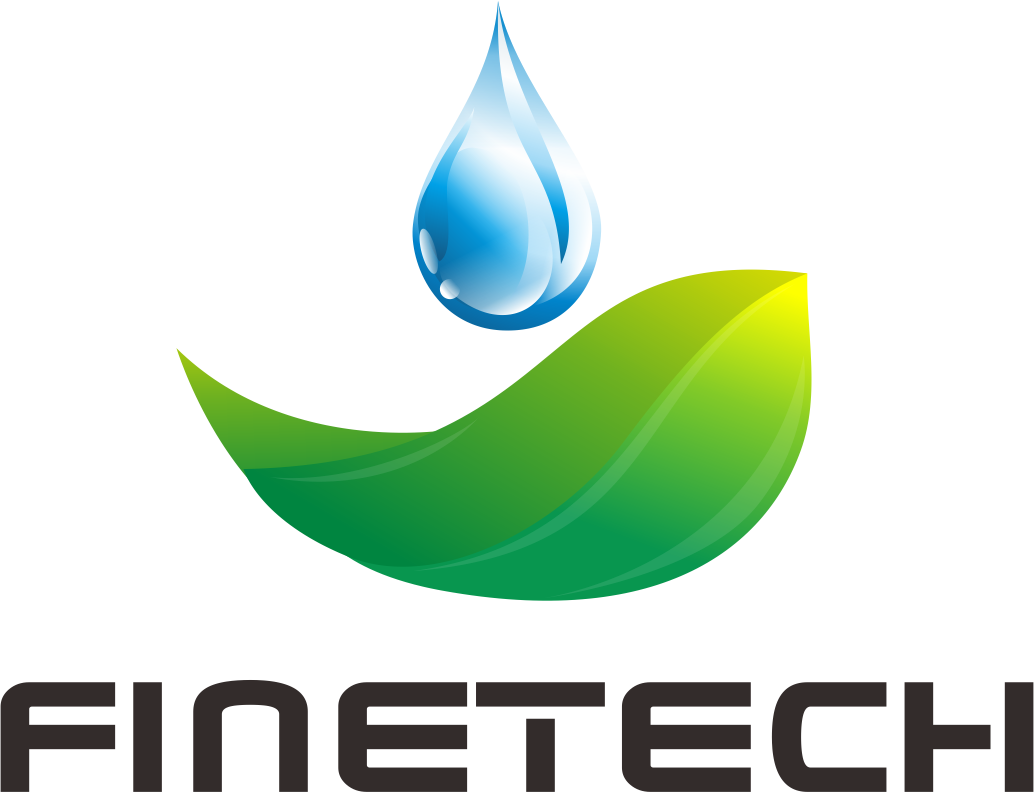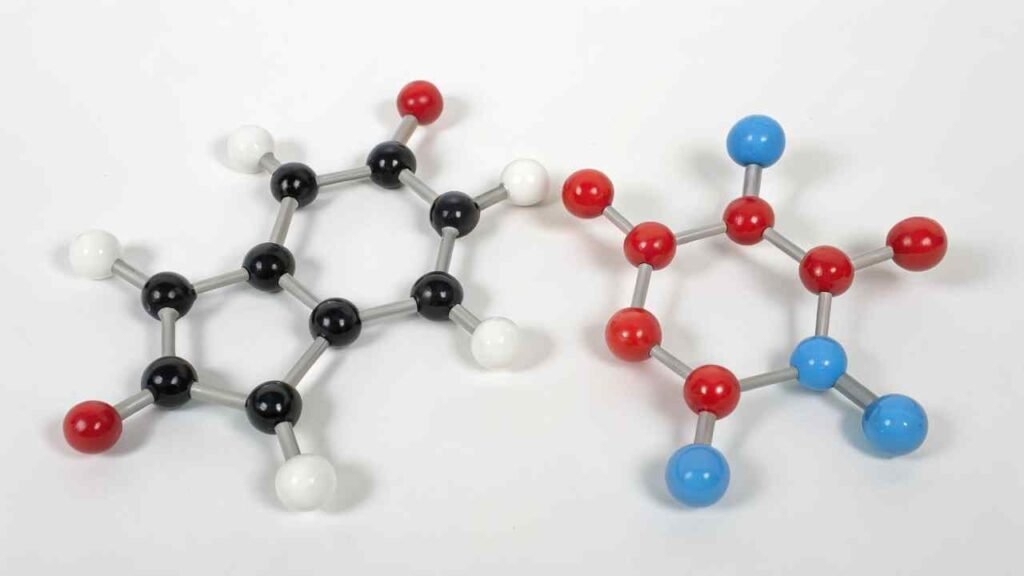Niacin or niacinamide for B3? Confused by these names? Let's quickly see why one Vitamin B3 form is often chosen over the other for products.
Niacin (nicotinic acid) and niacinamide are main Vitamin B3 forms. Niacinamide is usually preferred in foods/supplements because it doesn't cause the "niacin flush" that nicotinic acid can.
At FINETECH, we know choosing the right ingredient form is vital. For Vitamin B3, the choice between niacin and niacinamide impacts product quality and consumer experience. Let's quickly compare them.
What are the main chemical differences between Nicotinic Acid (Niacin) and Niacinamide as Vitamin B3 sources?
Are "niacin" and "niacinamide" just different names for the same thing? What's the chemical distinction? Let's look at their structures.
Nicotinic acid has a carboxyl group (-COOH). Niacinamide has an amide group (-CONH2) instead. This small change in one group significantly alters their properties and effects.
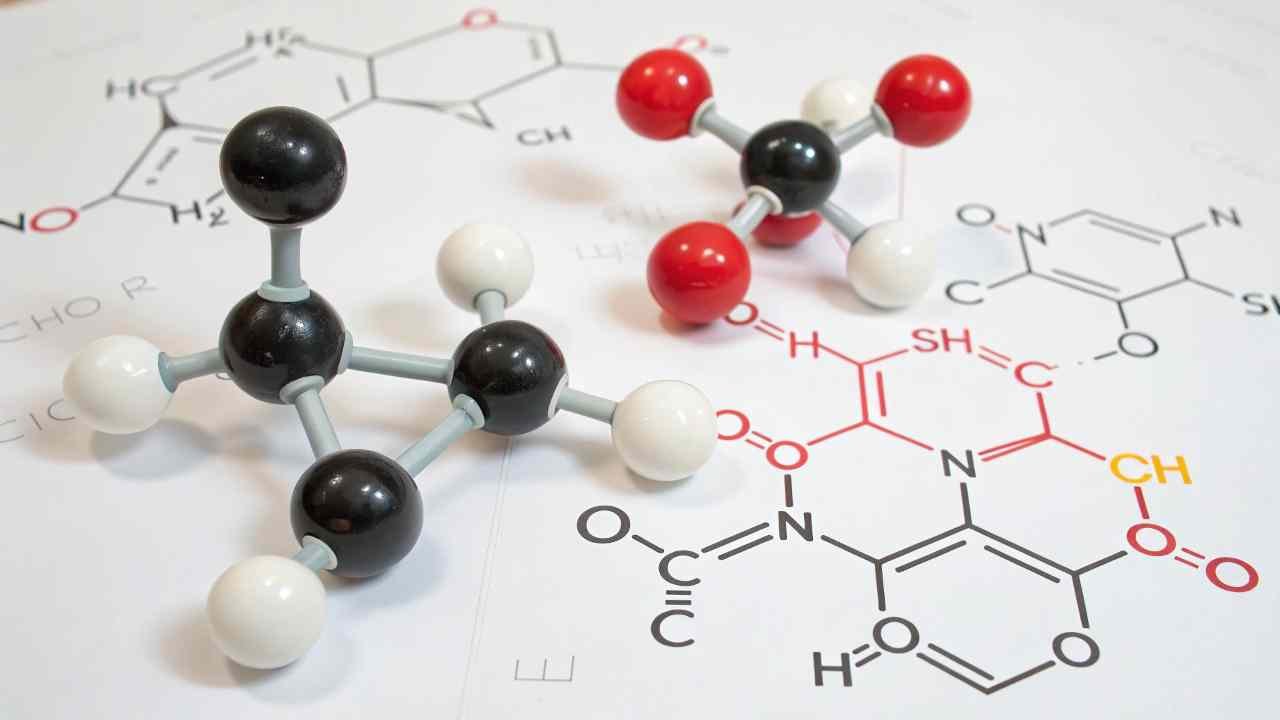
Both are Vitamin B3, converting to NAD/NADP1 in the body. But their structure isn't identical:
- Nicotinic Acid (Niacin)2: Pyridine ring with a -COOH (carboxyl) group. This makes it an acid and can cause skin flushing.
- Niacinamide (Nicotinamide)3: Pyridine ring with a -CONH2 (amide) group. It's the amide of nicotinic acid, is neutral, and doesn't cause flushing.
The body can interconvert them. However, their direct effects differ due to this structural variation.
Chemical Snapshot:
| Feature | Nicotinic Acid (Niacin) | Niacinamide | Key Difference |
|---|---|---|---|
| Key Group | -COOH (Carboxyl) | -CONH2 (Amide) | Drives flush potential, acidity |
| Nature | Acidic | Neutral | Affects properties, reactions |
| Flush Risk | Yes | No | Major deciding factor |
This small chemical change has big practical implications.
How does the "niacin flush" risk affect which Vitamin B3 form is used in products?
Heard of skin reddening from B3? Why does it happen with one form but not the other? Let's see how "niacin flush" guides product choices.
Nicotinic acid (niacin) often causes a temporary skin flush (redness, warmth). Niacinamide does not. So, niacinamide is almost always used for food fortification and general supplements.
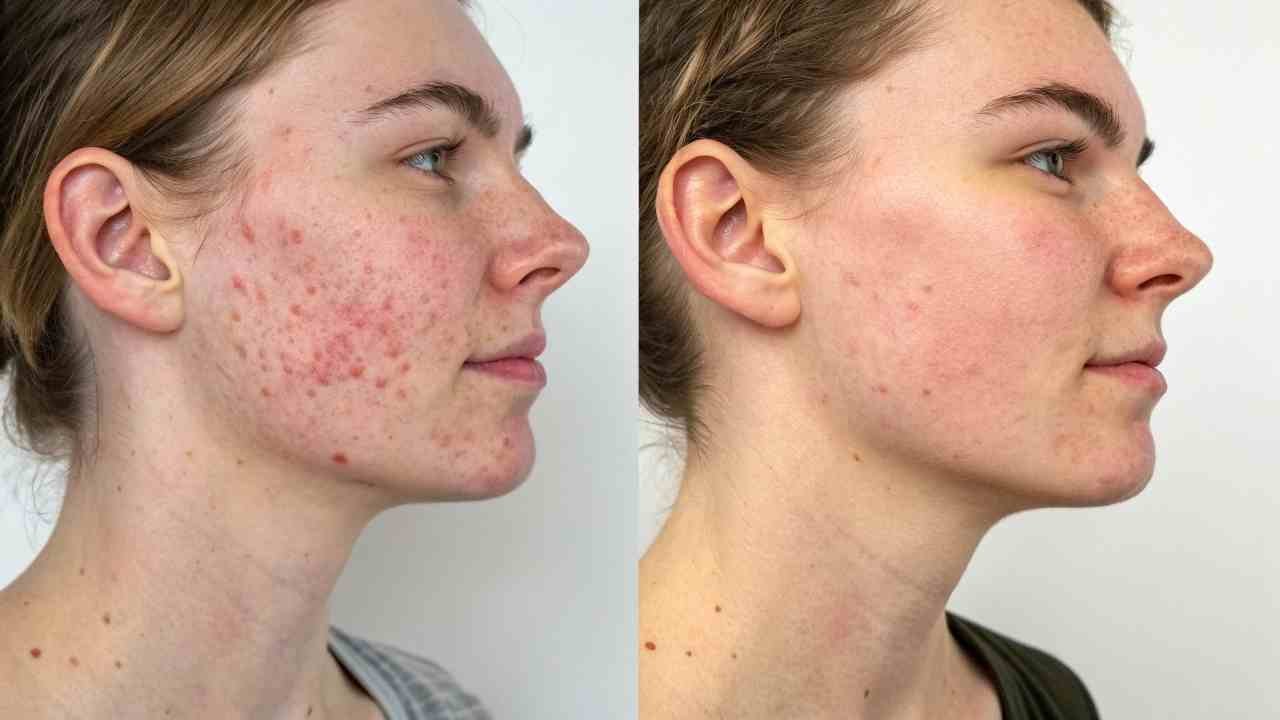
The "niacin flush4" is a harmless but often unpleasant reaction (red, warm, itchy skin) from nicotinic acid. It's caused by prostaglandin release dilating blood vessels.
Niacinamide does not trigger this reaction. This makes it the clear choice for:
- Food Fortification: (e.g., flour, cereals) to avoid consumer surprise.
- General Supplements: (multivitamins) for comfortable daily use.
- Cosmetics: For skin benefits without irritation.
Nicotinic acid is mainly used in very high, medically supervised doses for cholesterol management, where the flush is a known side effect. For most applications FINETECH clients need, niacinamide's no-flush property is essential.
Flush Factor:
| B3 Form | Niacin Flush? | Main Use Case for General Products |
|---|---|---|
| Nicotinic Acid | Yes | Rarely (due to flush) |
| Niacinamide | No | Yes (avoids flush) |
How do Niacin and Niacinamide compare in stability during food processing?
When adding B3 to foods, will it last through cooking? How stable are niacin and niacinamide? Let's quickly compare their toughness.
Both niacin and niacinamide are quite stable Vitamin B3 forms. They handle typical food processing heat, light, and pH conditions well. Niacinamide is often slightly preferred.
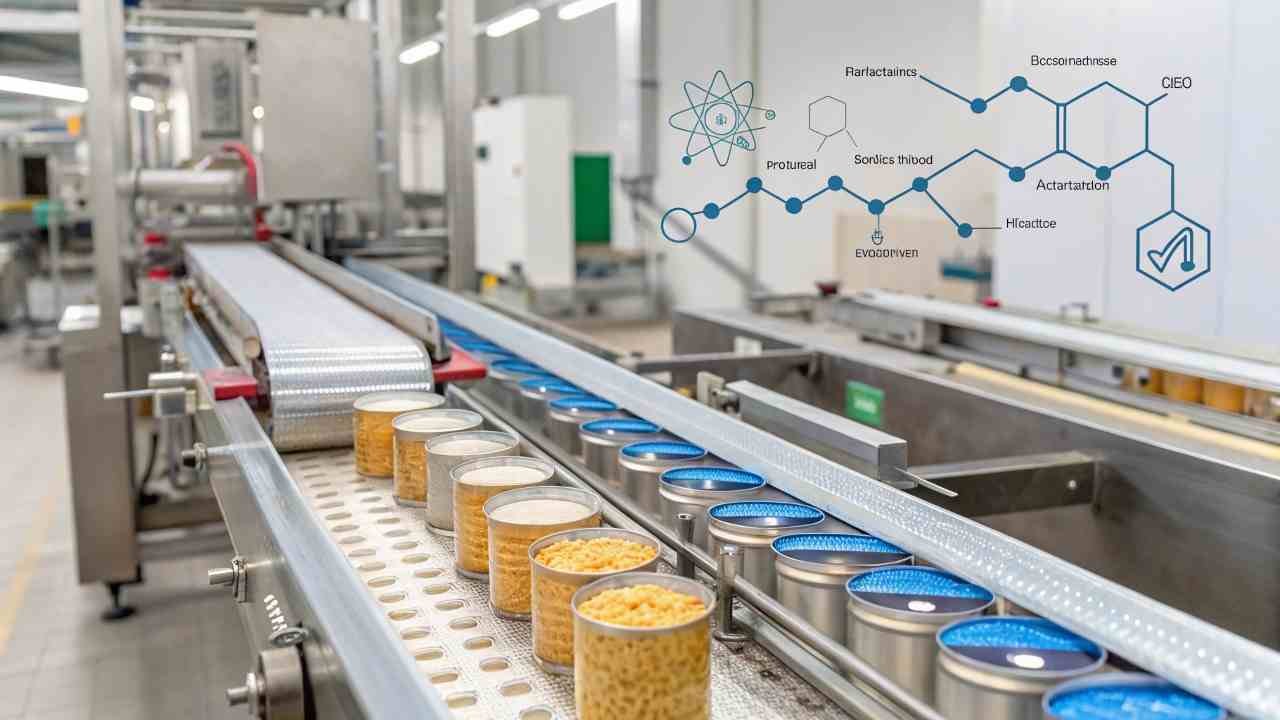
Vitamin B3 is one of the more stable vitamins. Both forms resist degradation from:
- Heat: Good stability during cooking, baking, pasteurization.
- Light: Generally stable.
- pH: Stable across typical food acid/alkali levels.
- Oxidation: Relatively resistant.
Niacinamide is often favored as it's neutral (no free acid group), potentially making it less reactive in complex food systems. Both are water-soluble5, so some can leach into cooking water if it's discarded.
Their good stability makes them reliable for food fortification, ensuring the B3 reaches the consumer. FINETECH supplies stable, high-quality B3.
Stability Notes:
| Factor | Both Forms' Stability | Niacinamide Edge? |
|---|---|---|
| Heat | Good | Similar |
| Light | Good | Similar |
| pH | Good | Potentially more inert |
| Overall | Robust | Often preferred |
Are there key differences in how well the body absorbs these Vitamin B3 forms?
Does your body absorb one B3 form better? How do niacin and niacinamide get into your system? Let's quickly compare their absorption.
Both nicotinic acid and niacinamide are well absorbed in the small intestine. Their bioavailability is high, with no major difference between them at typical nutritional doses.

Both forms are efficiently absorbed, mainly by passive diffusion at normal dietary intakes. At higher doses, carrier-mediated transport also helps.
Once absorbed, both are converted to the active coenzymes NAD and NADP. Niacinamide is the main form found in the blood. The body can convert nicotinic acid to niacinamide.
The high bioavailability of both means they effectively deliver B3 activity. The choice between them rarely depends on absorption differences for typical uses.
Absorption Basics:
| Aspect | Both Forms | Key Point |
|---|---|---|
| Absorption | High, from small intestine | Efficiently enter body |
| Bioavailability | High | Well utilized |
| Conversion | To NAD/NADP (active coenzymes) | Same metabolic end-point |
How do manufacturers choose the best Vitamin B3 form for their specific product?
Choosing between niacin and niacinamide for a product? What guides this decision? Let's summarize the main factors for manufacturers.
Key factors: avoiding the "niacin flush" (favors niacinamide for food/general use), cost, stability, solubility, specific application (e.g., high-dose niacin for cholesterol), and regulations.
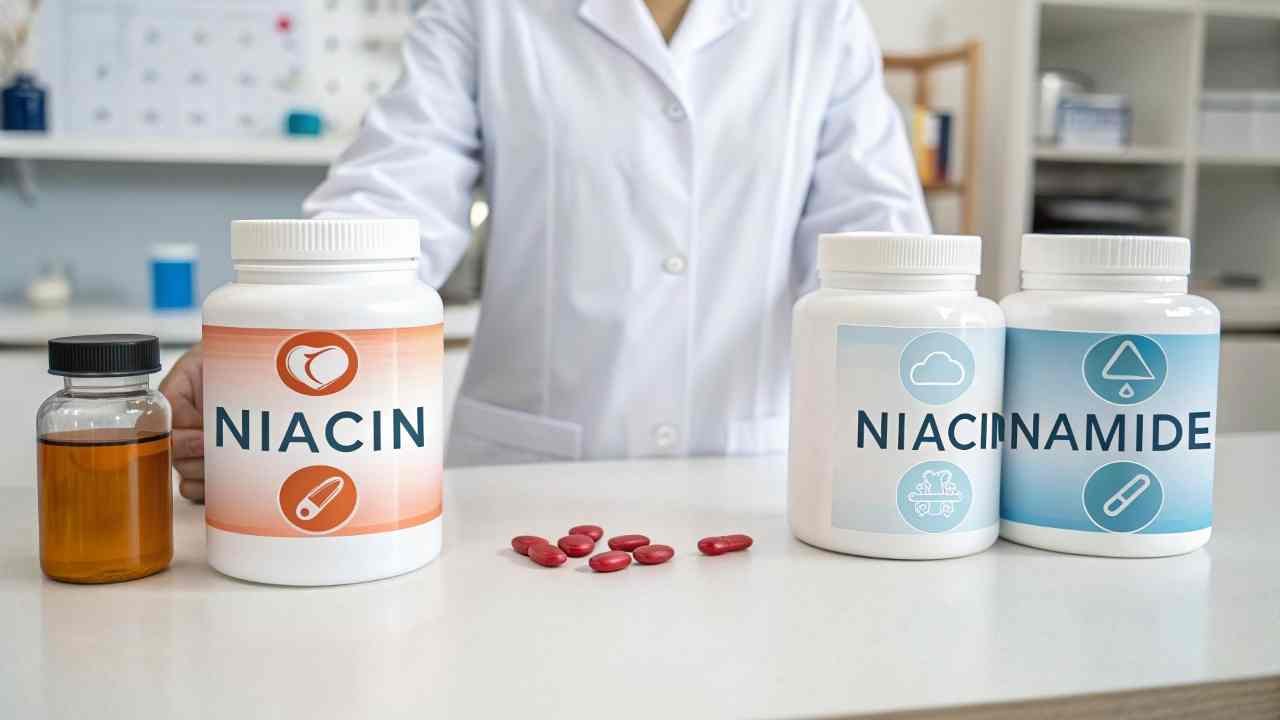
Manufacturers consider several points:
- Niacin Flush: This is the biggest decider. Niacinamide is chosen for most foods and general supplements to avoid it.
- Application:
- Nutritional fortification/general supplements: Niacinamide.
- High-dose cholesterol therapy (medical): Nicotinic acid (historically).
- Cosmetics: Niacinamide.
- Cost: Can fluctuate, but often competitive between the two. FINETECH aims for good pricing on both.
- Stability/Solubility: Both are stable. Niacinamide's neutrality and solubility can be advantages.
For most food applications FINETECH supports, niacinamide is the best choice due to its lack of flush and good overall properties.
Decision Highlights:
| Factor | Niacinamide Choice | Nicotinic Acid Choice |
|---|---|---|
| Flush Avoidance | YES (Primary Reason) | No (if flush acceptable) |
| Food/Supplements | YES | Rarely |
| Cosmetics | YES | No |
Conclusion
Niacin and niacinamide are key Vitamin B3 forms. Niacinamide is widely preferred for food/supplements as it's stable, well-absorbed, and critically, avoids the "niacin flush" side effect.
-
Learn about the crucial roles of NAD and NADP in energy production and metabolism in the body. ↩
-
Explore the benefits and potential side effects of Nicotinic Acid (Niacin) to understand its role in health and wellness. ↩
-
Discover how Niacinamide can enhance skin health and its various benefits in skincare routines. ↩
-
Understanding niacin flush can help you make informed choices about supplements and skincare products. ↩
-
Learn why water-solubility is crucial in cooking and how it affects nutrient retention and flavor. ↩
